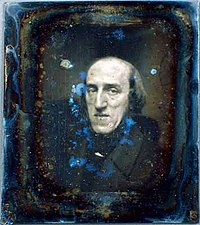Development
Pioneers:
Without these early pioneers of moving image, we would not be
able to achieve the animation techniques of modern day like CGI.
Pioneers like William Horner are massively significant to the
development of animation with the development of his iconic Zoetrope in 1834
which allowed major progression in the animation industry. The Zoetrope was an
animation device that produce the illusion of movement by displaying numerous
images that show progressive motion. It works by having a wheel with drawings
inside so that when it is spun the images start to show movement. The Zoetrope
is heavily reliant on the persistence of vision and the phi phenomenon. The
Zoetrope has 24 frames in the wheel which when spun allows the animation to be
48 frames per second.

Another
animator who contributed heavily to the evolution of animation was Joseph
Plateau who invented The Phenakistiscope in 1932. He was a Belgian Physician
who researched the human eye. The Phenakistiscope was a spindle viewer which
consisted of 2 disks which span in the same directions of each other. Joseph Plateau
also relied on the persistence of vision to make his device work.


However, in 1895 history was made when Auguste Lumiere and Louis Lumiere shot a motion picture with their invention the Cinematographe which was a combination of a camera and projector. It had a mechanism through which film was moved through the camera and was hand cranked. The modern term of cinema was derived from this early invention. Later on, in 1907 they would later invent the Autochrome colour photography plate. They are responsible for early films like The Arrival of a Train and Demolition d’un mur. Their films were important as they mainly focused on everyday life rather than building a narrative.
No comments:
Post a Comment